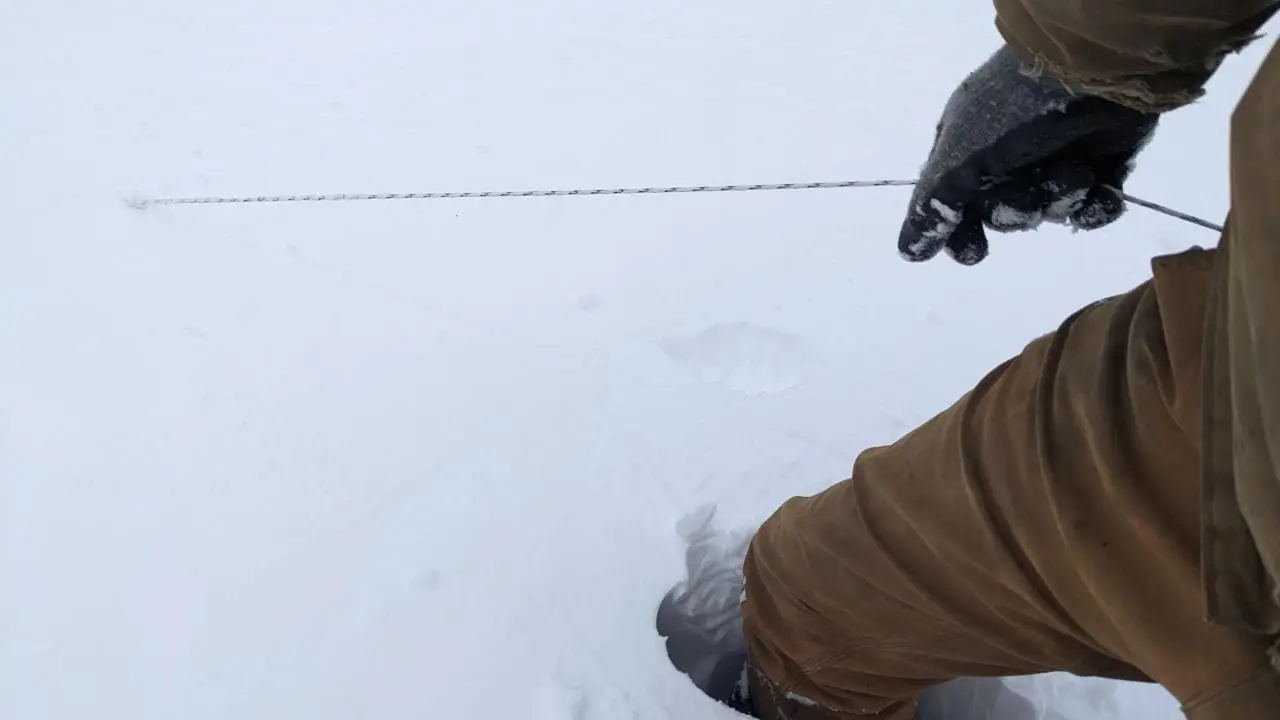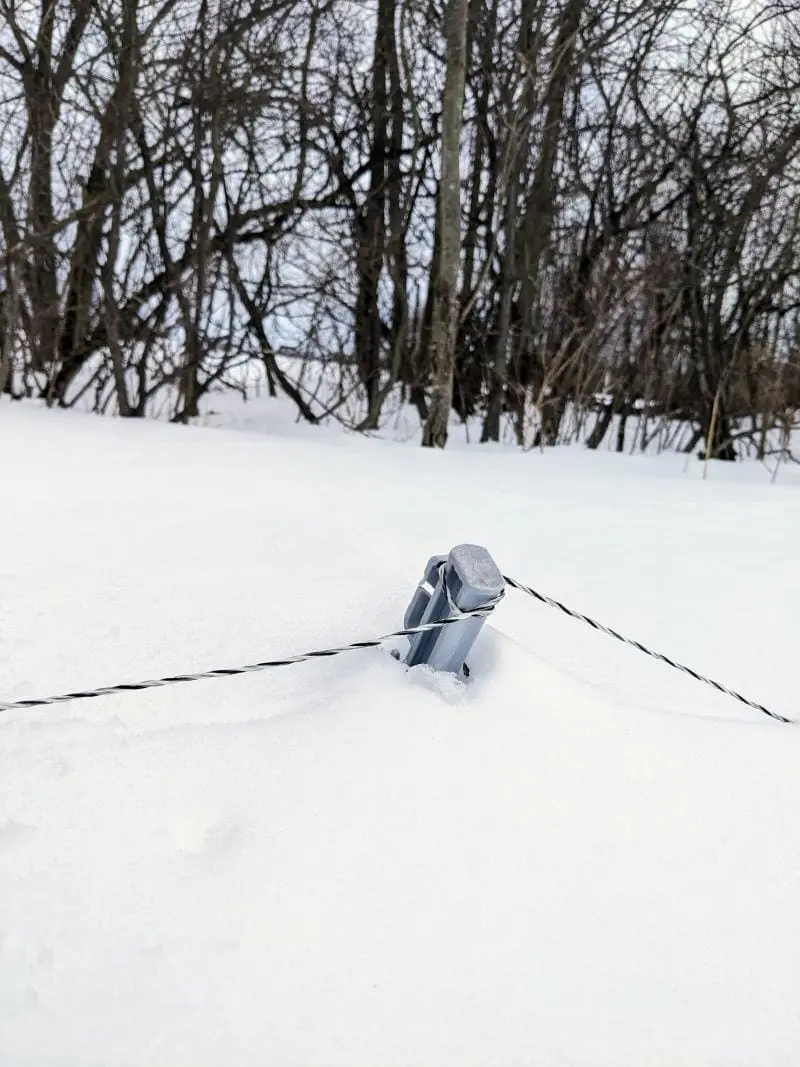We’re certainly no strangers to snowstorms in March, so this week’s big snow wasn’t entirely out of place. We have a system in place on the farm that can handle the usual range of storms we get, although I’m sure there are upper limits to what we could deal with.
With snowstorms that drop two or even three feet, the cattle remain unphased. The bigger ones work as snow plows, opening up paths between the sheltering trees and the hay bales, with the smaller ones trail along behind them. Once they’ve eaten their fill, the group heads back to the trees, bedding down out of the wind to wait the storm out.
With deep snow, the biggest worry is that the fences will be buried. The worst combination of weather is wet snow followed by strong wind, which is exactly what hit us this week. The heavy accumulation pushes the fence lines down, and then the wind blows the snow over the fence wires, burying them. If the cattle have enough shelter with windbreaks, they normally don’t wander during the storm. But after the storm finishes they are more likely to take advantage of the freedom of downed fences to explore farther afield.
Keeping the cattle where they are supposed to be has obvious importance, but we had a close call a few years ago that really drove that lesson home. Back in 2014 the drifts were so deep that the neighbor’s bull walked right across one fence on his side and two fences on our side, trotting into our fields to butt heads with our bull. I’m not sure how they arranged it, but by the time I grabbed my boots and ran out to intervene, the bulls had reached some amicable agreement. They separated on their own and each returned to their own home pastures. I was relieved they settled the quarrel so quickly without my having to step in as a matador. Just running out there yelling “Now break it up fellas!” wasn’t much of a strategy, but at the moment I couldn’t think of any better alternative.

To ensure that the cattle remain where they’re supposed to be, we walk the perimeter of the pastures, pulling the fences up and out of the snow. It is slow work, as the wire becomes tightly embedded and requires considerable force to break it loose. In some places — this is highly variable depending on the wind and sun — the drifts can compact hard enough that the tractor can drive over them with barely an indentation, so in these spots it helps to carry a hatchet or steel shovel to dig and chop down to the wire. In other spots, sometimes just a few feet away, the snow is deceptively weak and each footstep sinks us past our knees. For bigger jobs, wearing snowshoes makes all the difference, allowing us to glide over the surface without expending all the effort of planting each step through the depth of snow.

There’s something about March and April snow that makes it easy to shrug off. No matter how much falls, we know it just can’t last. Most of our days now have highs above freezing, and the sun is climbing to a steeper springtime angle. Summer’s on its way, and we’re eager to meet it. There’s grass and dirt down there under all that white, and as we watch the busy flocks of returning songbirds and notice the tree buds swelling, we can feel life beginning to shake itself free from hibernation.

2 thoughts on “When the Snow Gets Deep”
Well it sounds like a lot of work but at least it’s good for physical fitness. ?
Yes, if nothing else, it keeps us in good shape.